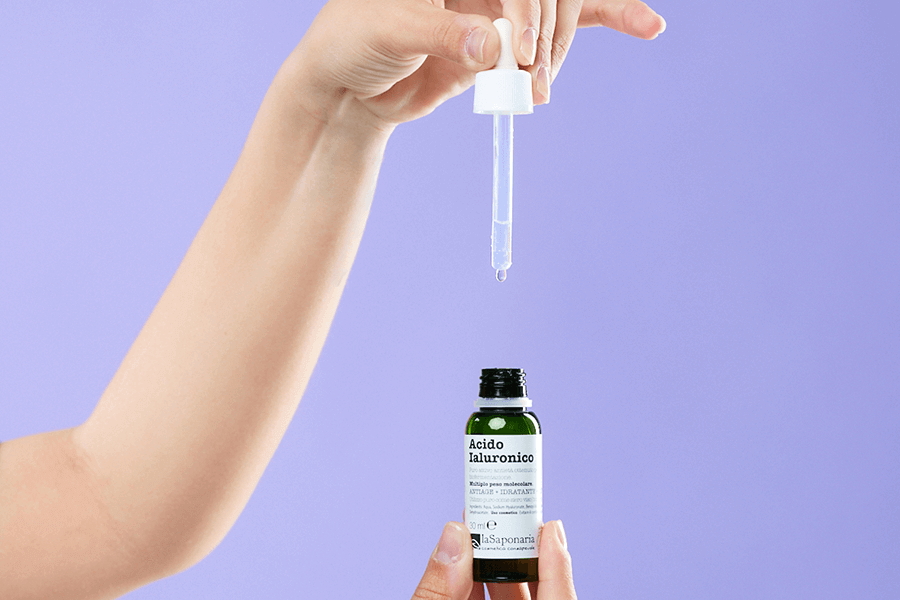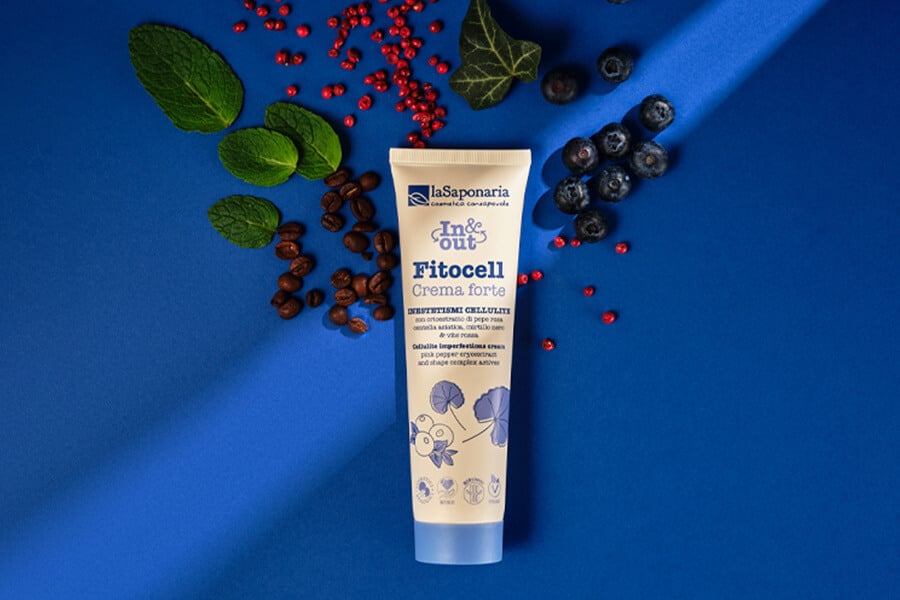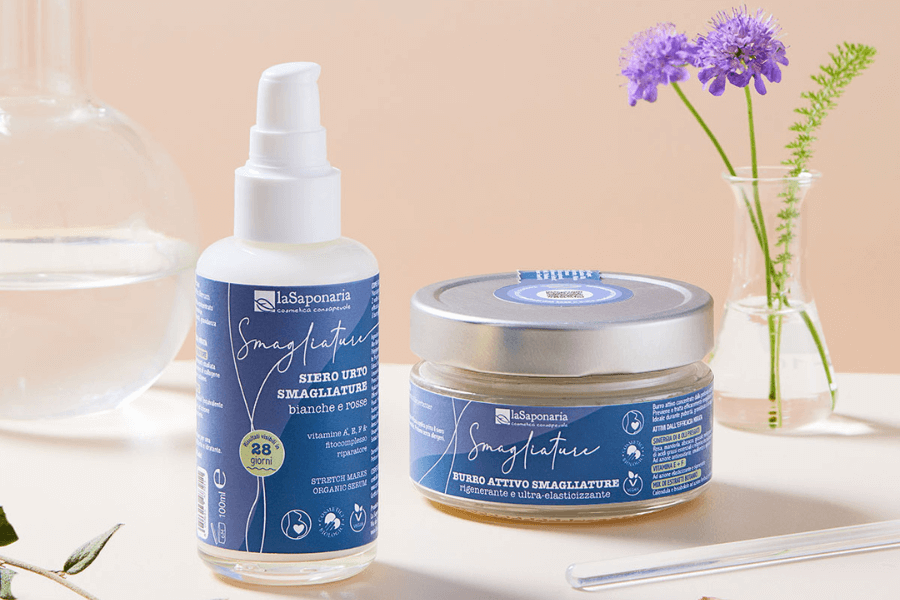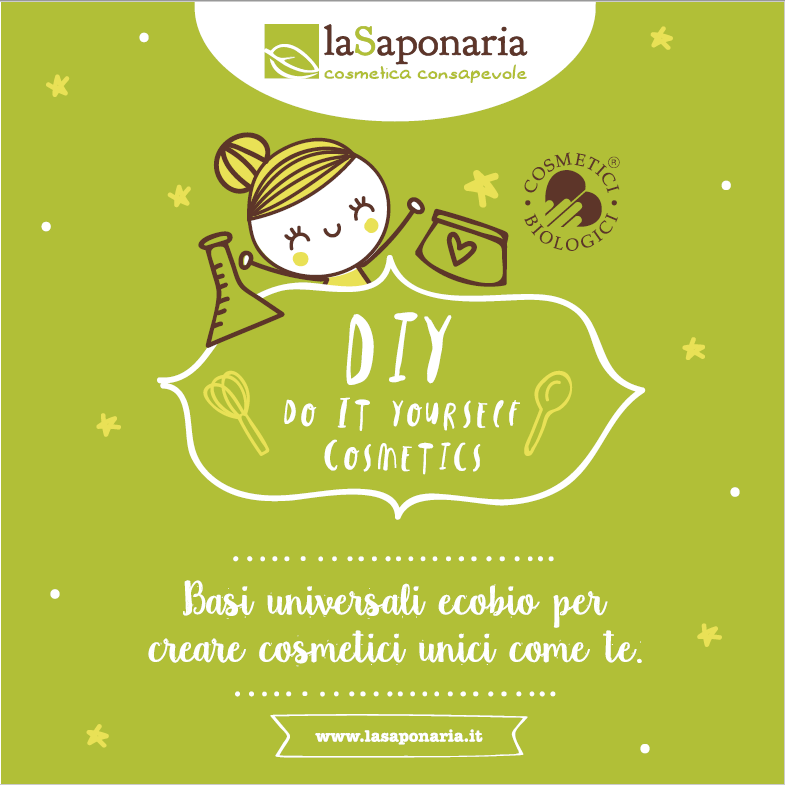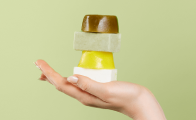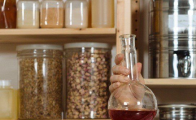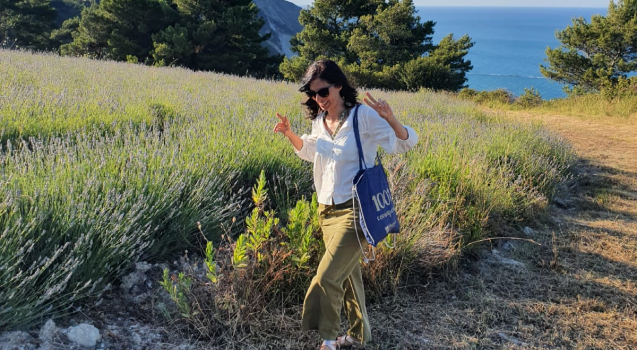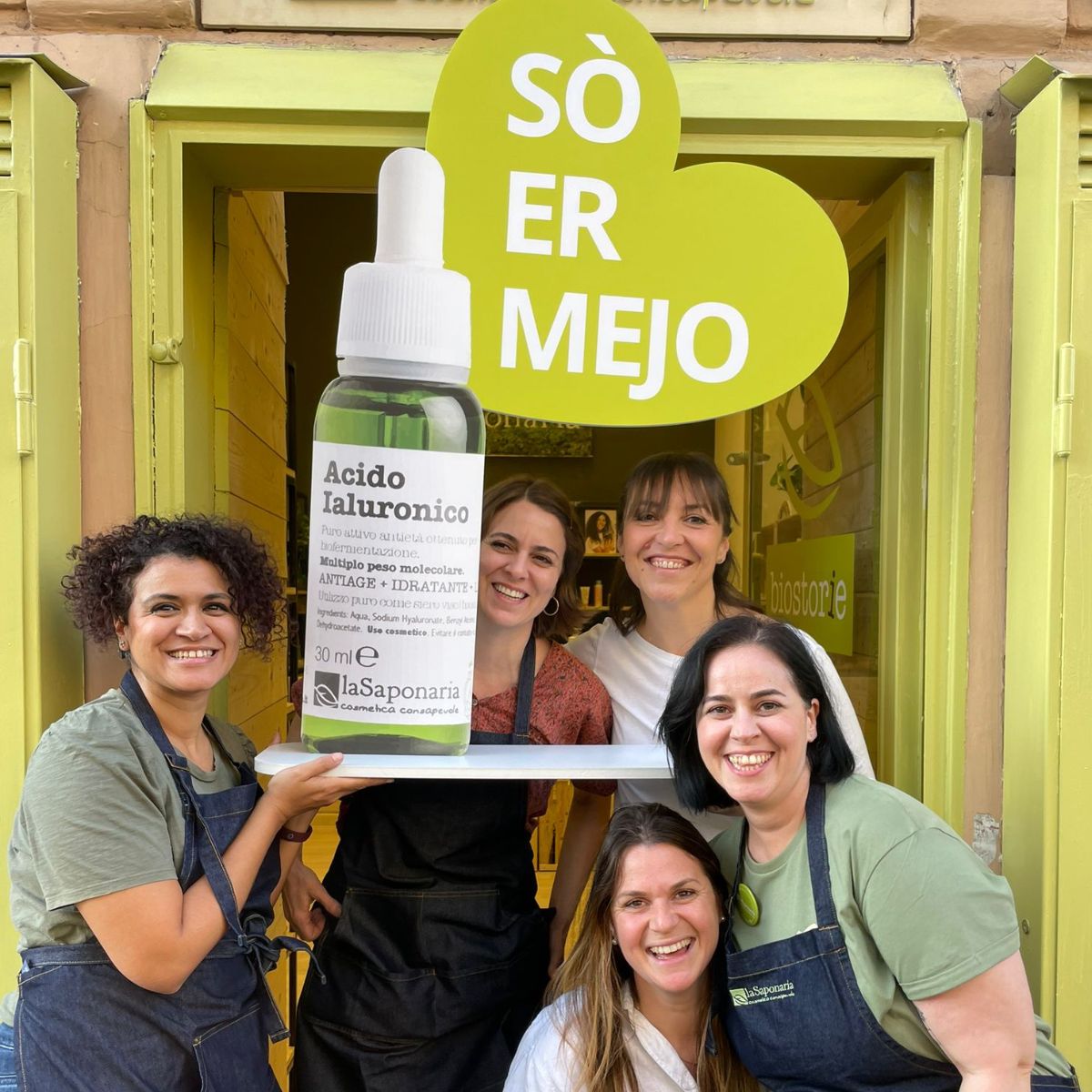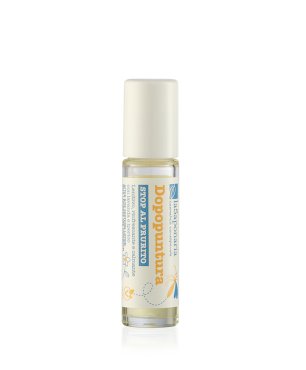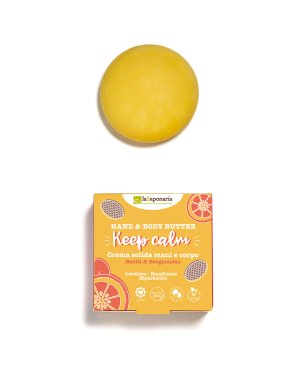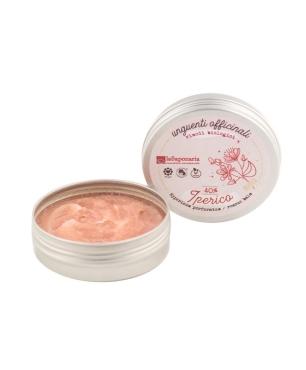- Call us! +390721 911004
- Write a message
- Whatsapp +39 377 3844777
- Become a reseller
- Test and E-book
- Location and contacts
-
MenuBack
-
Organic cosmetics
-
-
space
-
-
-
-
-
-
-
Christmas Gift
-
-
Skin care
-
Hair care
-
Body Care
- Christmas gift
- Routines
-
DIY
-
-
space
-
-
-
-
-
-
PRODUCTION TOOLS
-
-
DOWNLOAD THE RECIPES
-
-
-
Organic library
-
-
BEAUTYBLOG
-
-
-
GLOSSARY
-
-
-
DO-IT-YOURSELF RECIPES
-
-
-
TEST AND E-BOOK
-
-
About us
-
-
space
-
-
-
-
-
PHILOSOPHY
-
-
-
NATURAL COSMETICS
-
-
-
FLAGSHIP STORES
-
-
-
Sustainability
-
-
space
-
-
-
BENEFIT COMPANY
-
-
-
ETHICAL CHAIN
-
-
-
SUSTAINABLE PACKAGING
-
-
-
SUSTAINABILITY IN THE COMPANY
-
-
-
Supported projects
-
NOTICES AND AWARDS
-
-
-
Business Area
-
-
space
-
-
-
OPEN A FLAG SHIP STORE
-
-
-
BECOME A RESELLER
-
-
-
PRIVATE LABEL
-
ACCOMMODATION FACILITIES
-
-
-
RESELLERS LOGIN
-
-
-
Resellers
-
-
RESELLERS RESOURCES
-
-
-
OPEN A FLAGSHIP STORE
-
ACCOMMODATION FACILITIES
-
PROMOTIONAL MATERIAL
-
-
-
RESELLERS NEWS
-
REGISTER YOUR SHOP
-
-
-
BODY CARE LINE 2025
-
-
-
CHRISTMAS GIFT
-
-
- Store locator
Hypericum

INCI NAME:
Hypericum perforatum
ORIGIN:
Vegetal
FUNCTION:
Anti-depressant, healing, anti-inflammatory
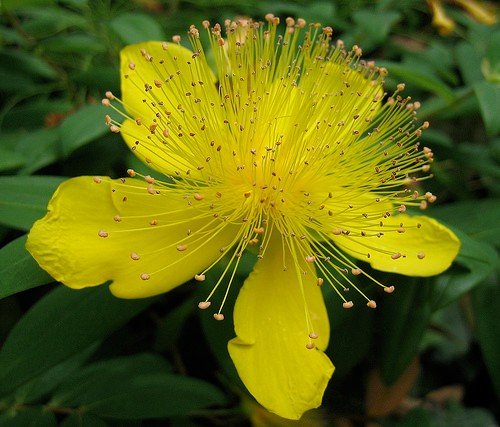
This is an automatic translation
Hypericum perforatum
Hypericum is a spontaneous plant of the Hypericaceae family that grows along the roads or on the edges of the fields. The name comes from the Greek words "hyper-eikon", which literally means "plant that grows on statues". According to peasant legends, hypericum would in fact be linked to magical and healing properties known since ancient times. It has intense yellow flowers surrounded by dark vesicles and elongated leaves with bubbles that make them appear pitted. From this aspect we have obtained the appellation "perforated" which appears in the botanical name. The flowering tops are used, which according to ancient customs are harvested in particular on June 24, the day dedicated to San Giovanni. Popular tradition, in fact, wants the herbs gathered on this night to have a particular power and all their properties are exalted to the maximum power. Certainly among the best known properties of St. John's wort is its ability to combat depression and anxiety, an ability that has been scientifically proven: in fact, several studies have shown that its extract limits the reabsorption of two neuroreceptors, noradrenaline and dopamine, responsible for depressive states, mood swings and nervous exhaustion. Traditionally, hypericum was used to treat wounds and burns, thanks to its anti-inflammatory and healing power against the skin. In this sense, hypericum oil is very useful, which can also be produced at home starting from the flowers, to be harvested in the summer. St. John's wort essential oil also stimulates cell regeneration, making it a real panacea for rashes, psoriasis, skin spots, dryness, stretch marks, scars and acne.
Ethical chain
We entrust the collection and processing of the hypericum extract present in our products to Herbartem, a small artisan laboratory in Macerata that deals with the production of plant extracts starting from spontaneous vegetable raw material or from organic farming. The collection environment is located in the neighboring areas of the Monti Sibillini National Park, where there are more than 1,800 species of flora. These places, between 800 and 1600 m, are far from large industrial complexes and therefore offer an uncontaminated environment rich in medicinal species. The collection of wild herbs requires good botanical knowledge and an ecological spirit, in order not to alter the habitat with a massive collection. The aim is to obtain high quality macerates free from contaminants. The herbal preparations are prepared with accuracy and scientific rigor by two young graduates in Herbal Techniques, to ensure the presence of the active ingredients inside the plants while preserving their therapeutic functionality in the best possible way.

